INTERVIEW WITH BYRONESQUE
Among the vast sea of vintage shopping platforms, Byronesque stands out for its excellent and unthinkably modern curation, which encompasses the “contemporary vintage” work of Helmut Lang and Jean Paul Gaultier as well as the “future vintage” creations of Demna Gvasalia and Daniel Lee. Thank Gill Linton, founder and editor-in-chief, who brings her individual taste and years of experience in the fashion industry to the table. Launched in 2013, Byronesque now serves as the broker between discerning vintage shoppers and the best vintage shops around the world. It also features a clever range of editorials, commissioned by Linton and creative director Justin Westover, that bring a unique perspective to the world of secondhand. Here, OR NOT speaks to Linton about the origins of Byronesque, fashion’s last golden era, and three of the most special curations in Byronesque history.
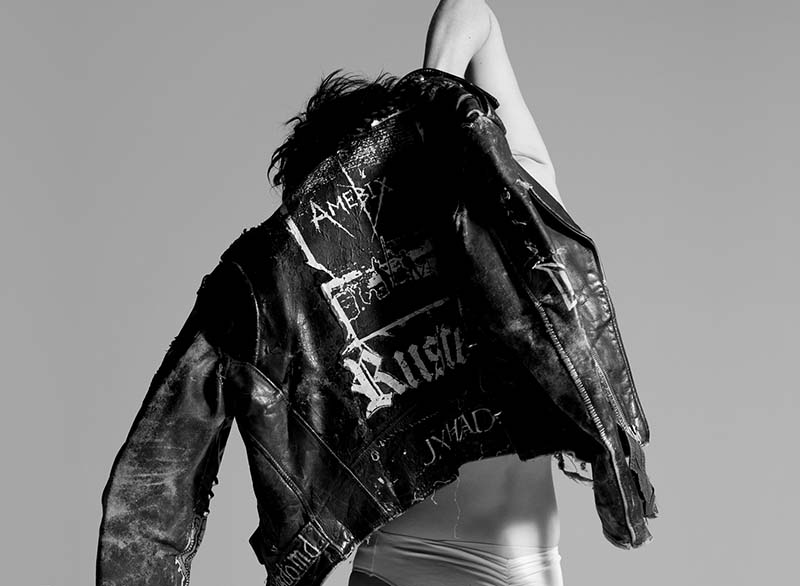
Could you tell me about your introduction to the world of fashion generally and archival fashion specifically?
I was a teenager in the ‘80s and count myself lucky to witness and copy New Romantics. I wasn’t old enough to make it to The Blitz Club, but I tried very hard to look like I would get in, something between Bananarama and the girls from the Human League. So, I grew up inspired during a very creatively free time, when people were more independent and played with fashion rather than pander to it. Over the years, I worked with a lot of fashion brands to help them figure out how to be different from each other―the design and brand bit―but I got bored of everything staying the same and only found inspiration in the past. I started Byronesque with the spirit of the ‘80s and New Romantics and to make certain archival clothes as exciting and accessible as fashion should be today. We have a ruthless belief that just because it’s old doesn’t mean it’s good. I hated vintage shops. The thrill of the find was never a thrill for me. It had to be easier.


What was the first designer piece that really drew you in?
When I was still in London, I shopped at Browns and The Pineal Eye, and didn’t know most of the brands I bought. Which was precisely the point. The first fashion uniform I had was Stella McCartney’s Chloé. I got sucked into the cool London rock chick thing. It was a very specific moment in fashion history, especially by the time I moved to NYC, where it was relatively unknown, in a good way.


Would you still say the ’80s and ’90s were the last time fashion felt exciting to you? What was it about those decades that resonated with you, and what feels lacking about fashion today?
It’s fact. Early 2000s, the suits took control, and fashion became more and more about data. It’s really simple. Commerce took over creativity and subculture. The thing that’s really lacking in fashion today is the lack of lacking. There’s not much to search for anymore. It’s all so easy and served up on a plate, spoon fed to us like fashion zombies. Make an effort. Lack and effort is missing.
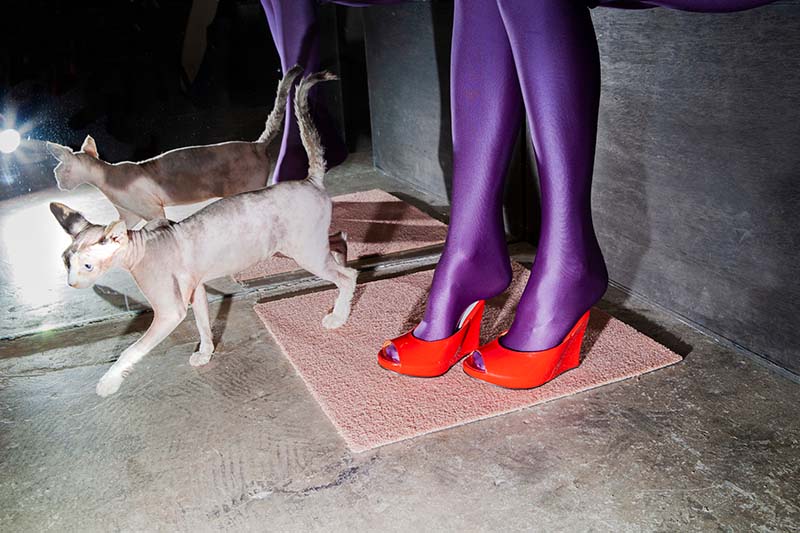
Tell me the story of starting Byronesque. How did you feel about the vintage fashion scene at the time―it certainly has changed a lot since then―and was there anything in particular you hoped to address?
The really good stuff was hard to find. At the time, if you wanted a boho Maxi dress from the ’70s or a Chanel chain bag, it was pretty easy to find. If you had the budget, even vintage couture was easy to find. But the really modern, extraordinary, and creative stuff by designers who were and are still designing, or those who weren’t . . . that wasn’t easy. I wanted [Vivienne] Westwood punk or ’90s Comme [des Garçons], and it was hard to find it amidst the crap and couture.



In your own words, how would you describe Byronesque's vintage curation?
There’s four key things:
1. Just because it’s old doesn’t mean it’s good.
2. Timeless and classic is the kiss of death. Relevance and reverence are much more important.
3. When a vintage brand or look becomes a “trend,” move on.
4. Can it be worn for a long time? We have to stop the cycle of resale and ultimately recycling too, which actually isn’t saving the planet or culture.
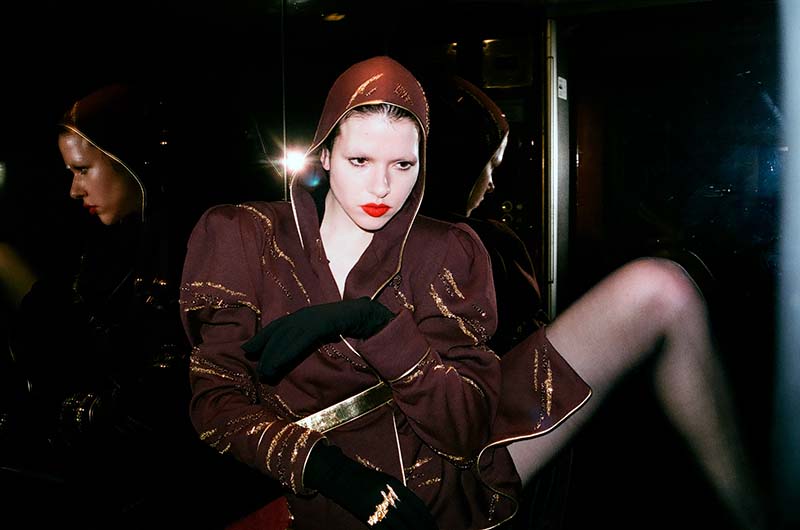


How did you go about building the Byronesque network? It's very global, isn't it?
We created a brand that people wanted to be part of; something more modern and more provocative that they could be proud of. We’re now very global, which means we have access to a vast and epic collection of clothes. It also means we have the most global and therefore accurate view and understanding of market value and what items are worth, emotionally and financially. We stubbornly stuck to our principles, and while it has been far from easy, private collectors now come to us and that means we get access to items that people would otherwise never be able to buy.


Could you tell me about your personal vintage collection? Do you collect quite a lot yourself?
I don’t really have one. I’m an unsentimental minimalist who now buys things and keeps them a long time.
Could you tell me the first piece of special "collector" vintage that you owned?
The most meaningful is a Comme des Garçons dress that Michèle Lamy gave to me from her personal archive. It’s a runway piece and obviously impossible to wear, in a good way.
Could you please share three of the most special pieces that have been curated for Byronesque?
It’s usually a big deal to have the full runway look in unworn condition, like these pieces.
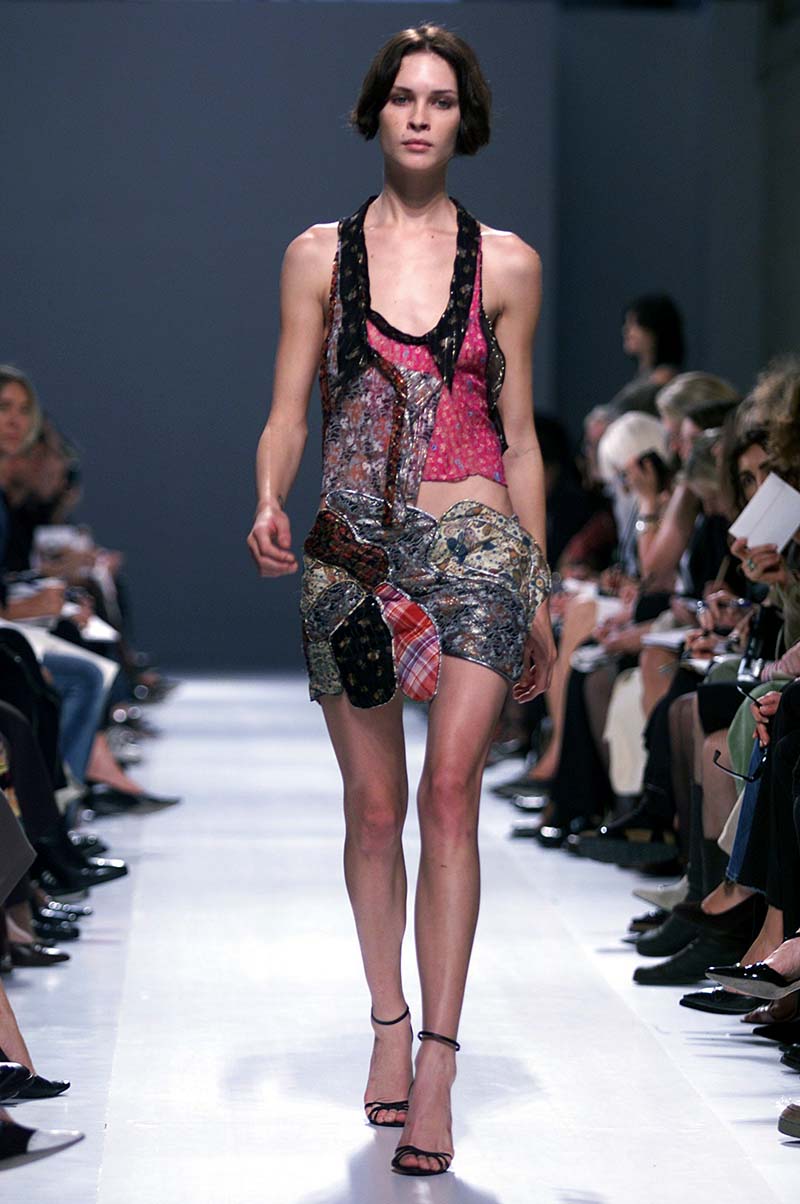
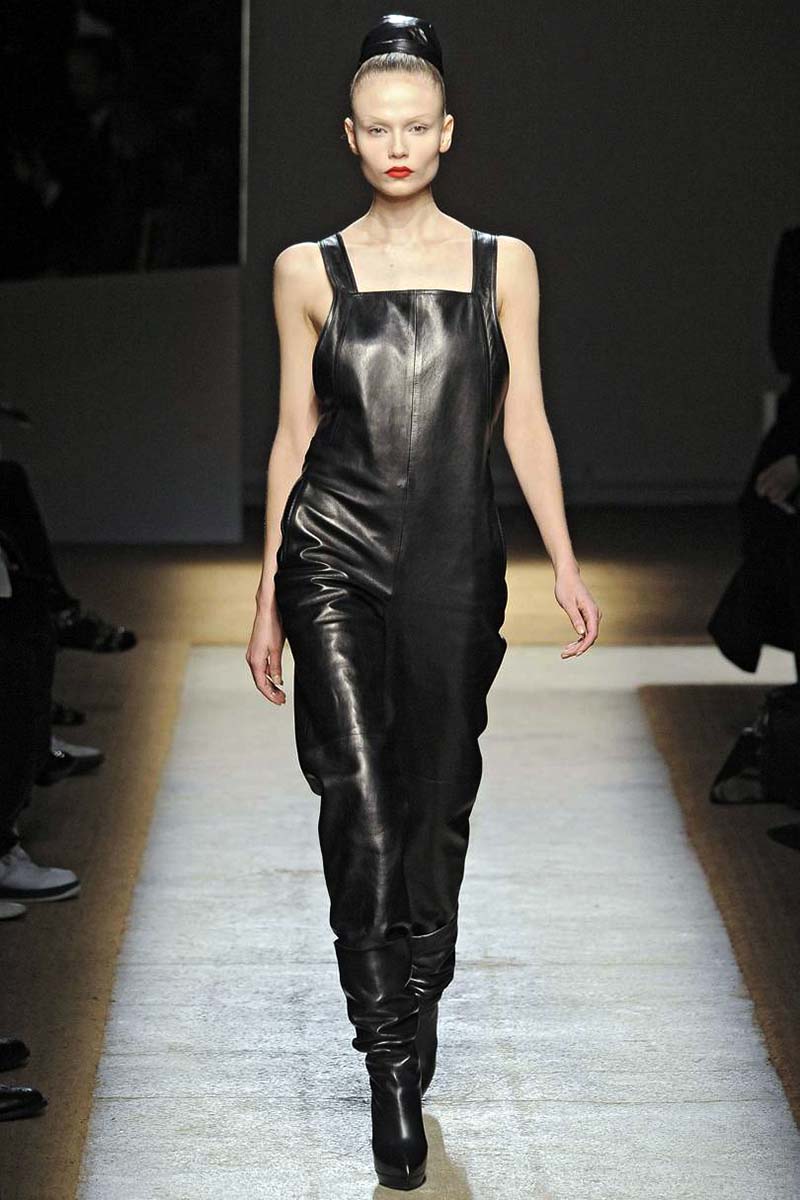

Interview text_MONICA KIM
runway photography_FASHION ANTHOLOGY
